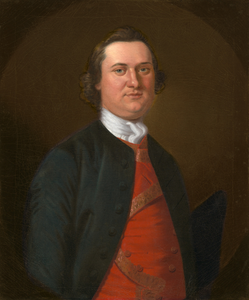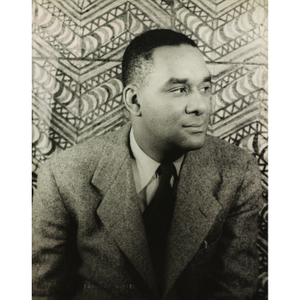Description
Born Frederick County, MarylandOn September 13, 1814, when the War of 1812 was in its third year, the Georgetown lawyer Francis Scott Key traveled to Baltimore to try to negotiate the release of a hostage. That night, Key--a staunch anti-abolitionist who enslaved people--watched the bombardment of Fort McHenry. The next morning, when he saw that the Fort’s American flag had not been removed, he wrote a poem that was first published as “Defense of Fort M’Henry” and set to a popular British tune. His song was subsequently renamed “The Star-Spangled Banner,” and more than a century later, in 1931, Congress adopted it as the national anthem.During Key’s lifetime, abolitionists recognized that the line “the land of the free” was penned by an advocate of slavery with narrow views of freedom. Professional athletes, such as Colin Kaepernick, have amplified this contradiction by “taking a knee” during the national anthem in protest of systemic racism today.The sitter; Mary Alicia Lloyd Nevins Key Pendleton, his daughter, Jane Francis Pendleton Brice (Mrs. Arthur Tilghman Brice, d. 1950), her daughter; Colonel Arthur Tilghman Brice II, 1892-1973, her son; Alice Key Pendleton Brice Joline (Mrs. John Forsyth Joline, Jr., d. 1983), his sister; Laurence Turnbull Joline, her son; Dorothy Doe Joline, Long Island, New York, his wife and the present owner
Image
Oil On Canvas
National Portrait Gallery, Smithsonian Institution; funded with support from the Secretary and the Smithsonian National Board and Chapter I - Baltimore, Maryland, The Colonial Dames of America, the Elizabeth Welsh Young Legacy Fund





















